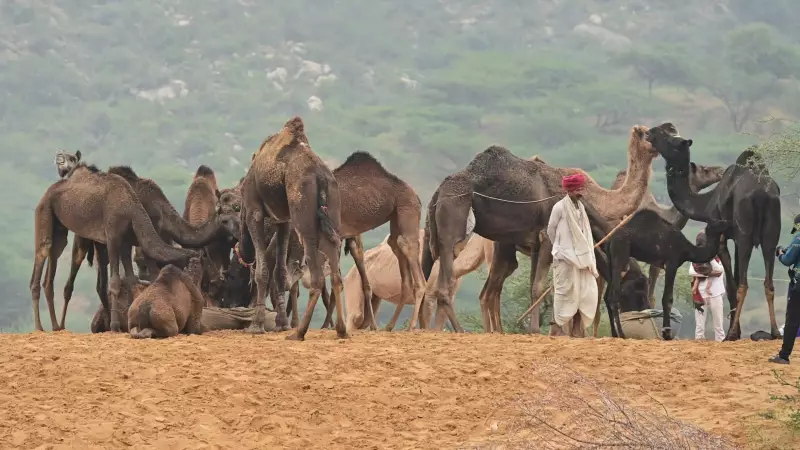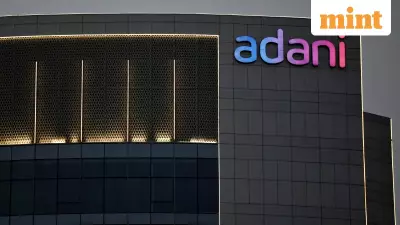
The tranquil desert landscape of Pushkar is witnessing an economic storm as camel prices have experienced a staggering surge, transforming the traditional marketplace into a high-stakes trading arena. What was once a modest transaction has now become a major investment for buyers.
The Price Revolution: From Thousands to Lakhs
Market insiders report an unprecedented escalation in camel valuations. Where previously one could acquire a healthy camel for approximately ₹5,000, current prices are reaching astronomical heights of ₹80,000 to ₹90,000 per animal. This represents an increase of nearly 1,700% in some cases, creating both excitement and concern among stakeholders.
The Regulatory Rumour Mill
The primary driver behind this price explosion appears to be widespread speculation about impending government regulations. Traders and buyers alike are operating under the assumption that new rules will soon make camel trading significantly more challenging.
"There's strong buzz in the market that acquiring camels will become much harder soon," explains a veteran trader. "This anticipation is causing everyone to adjust their pricing strategies dramatically."
Buyer's Dilemma: Opportunity or Obstacle?
For potential buyers, the situation presents a complex scenario:
- Immediate Cost Burden: The sudden price hike makes camel acquisition prohibitively expensive for many traditional buyers
- Investment Perspective: Some view this as a long-term investment opportunity given potential future scarcity
- Market Uncertainty: The lack of official confirmation about new regulations creates significant uncertainty
The Trader's Perspective
From the seller's viewpoint, the situation represents both opportunity and risk. While current prices allow for substantial profits, there's concern that excessively high prices could deter buyers entirely, leaving traders with unsold inventory.
One experienced trader noted: "We're navigating uncharted waters. The prices are fantastic, but we need buyers who can afford these rates. It's a delicate balance."
Market Dynamics and Future Implications
The Pushkar camel market, long known for its traditional trading patterns, is experiencing a fundamental shift. Several factors are contributing to this transformation:
- Anticipated regulatory changes creating preemptive price adjustments
- Increased awareness about animal conservation efforts
- Changing economic dynamics in rural Rajasthan
- Evolving buyer demographics and purposes
What Lies Ahead?
Market analysts suggest that the current situation could lead to several potential outcomes. The market might stabilize at these higher price points, creating a new normal for camel trading. Alternatively, if the anticipated regulations don't materialize as expected, prices could experience a correction.
The coming months will be crucial for understanding whether this price surge represents a temporary market anomaly or a permanent restructuring of camel economics in one of India's most iconic trading venues.
As Pushkar continues to navigate these turbulent market waters, all eyes remain on government announcements that could either validate the current pricing trends or send the market in an entirely new direction.





